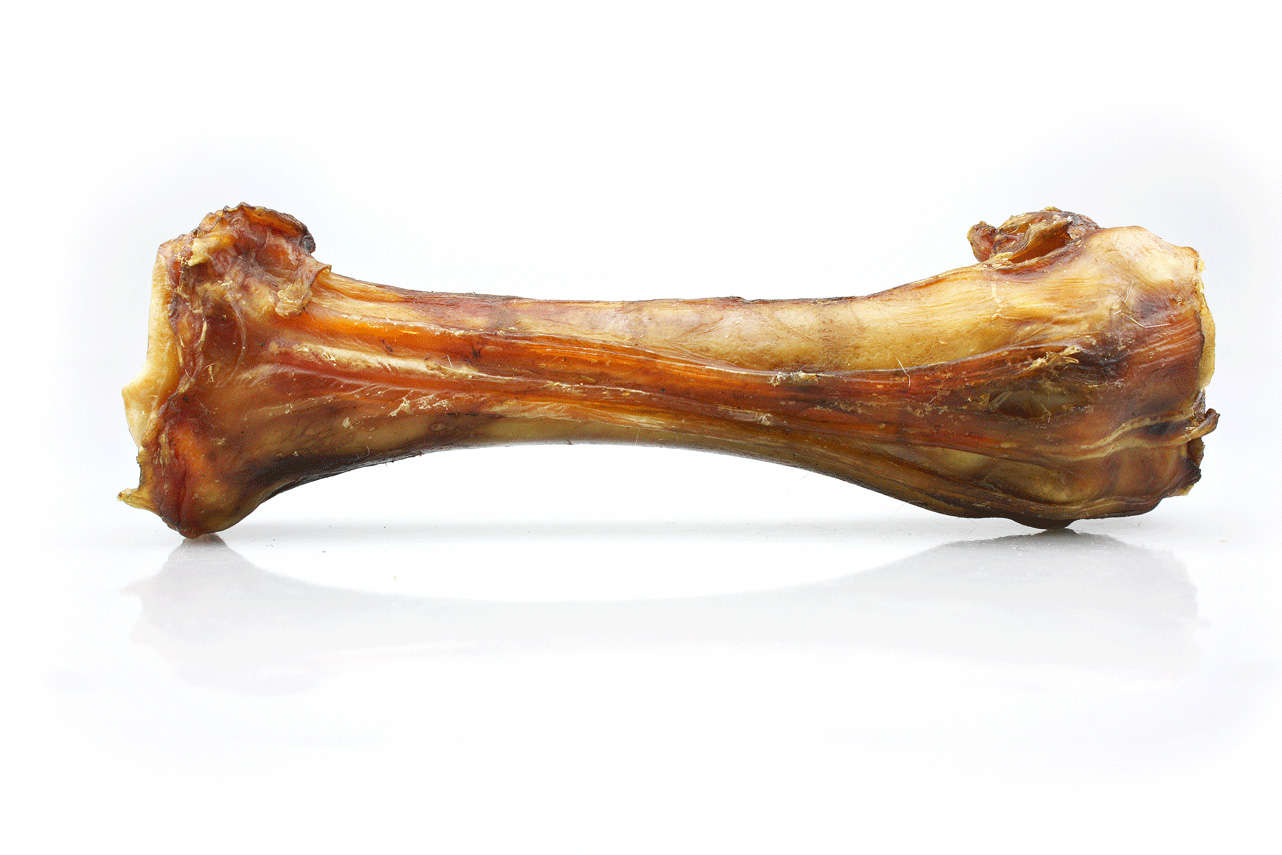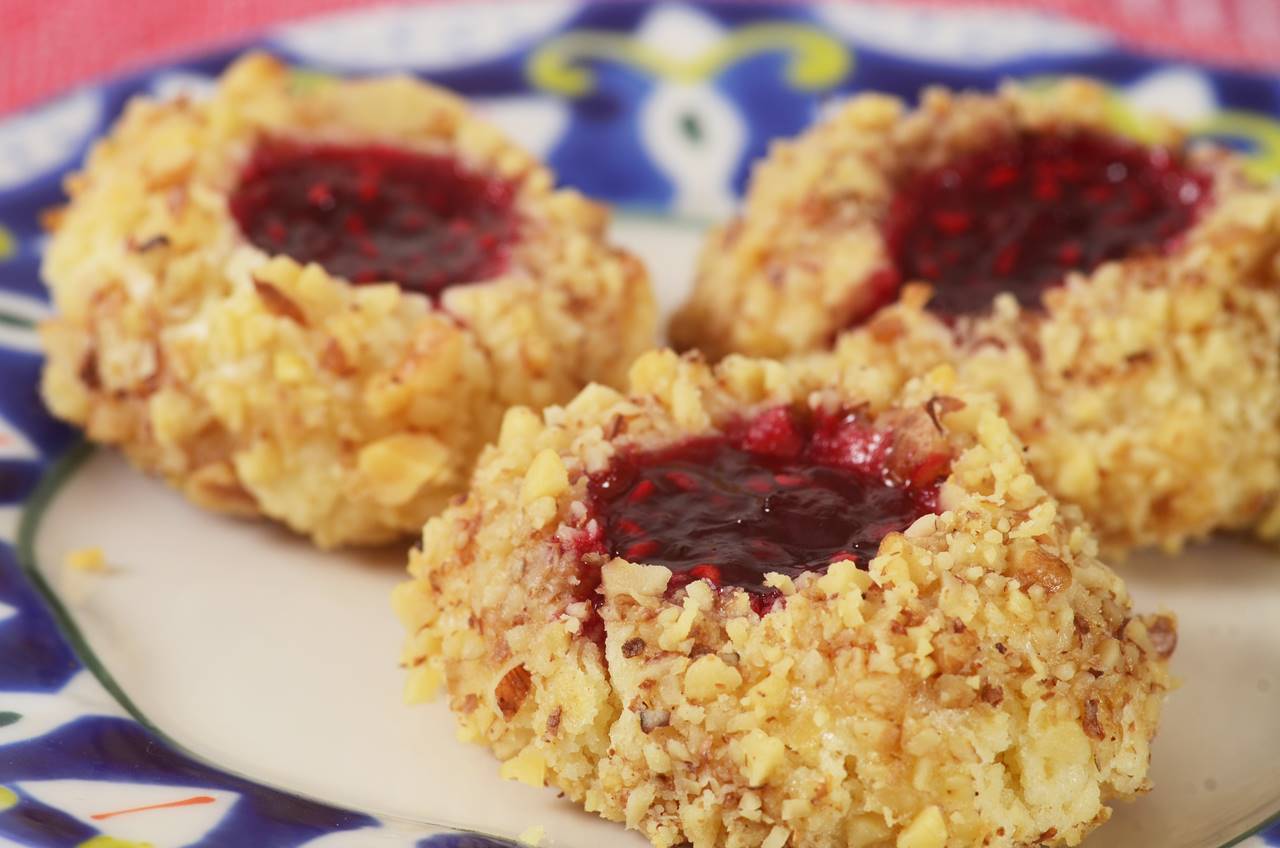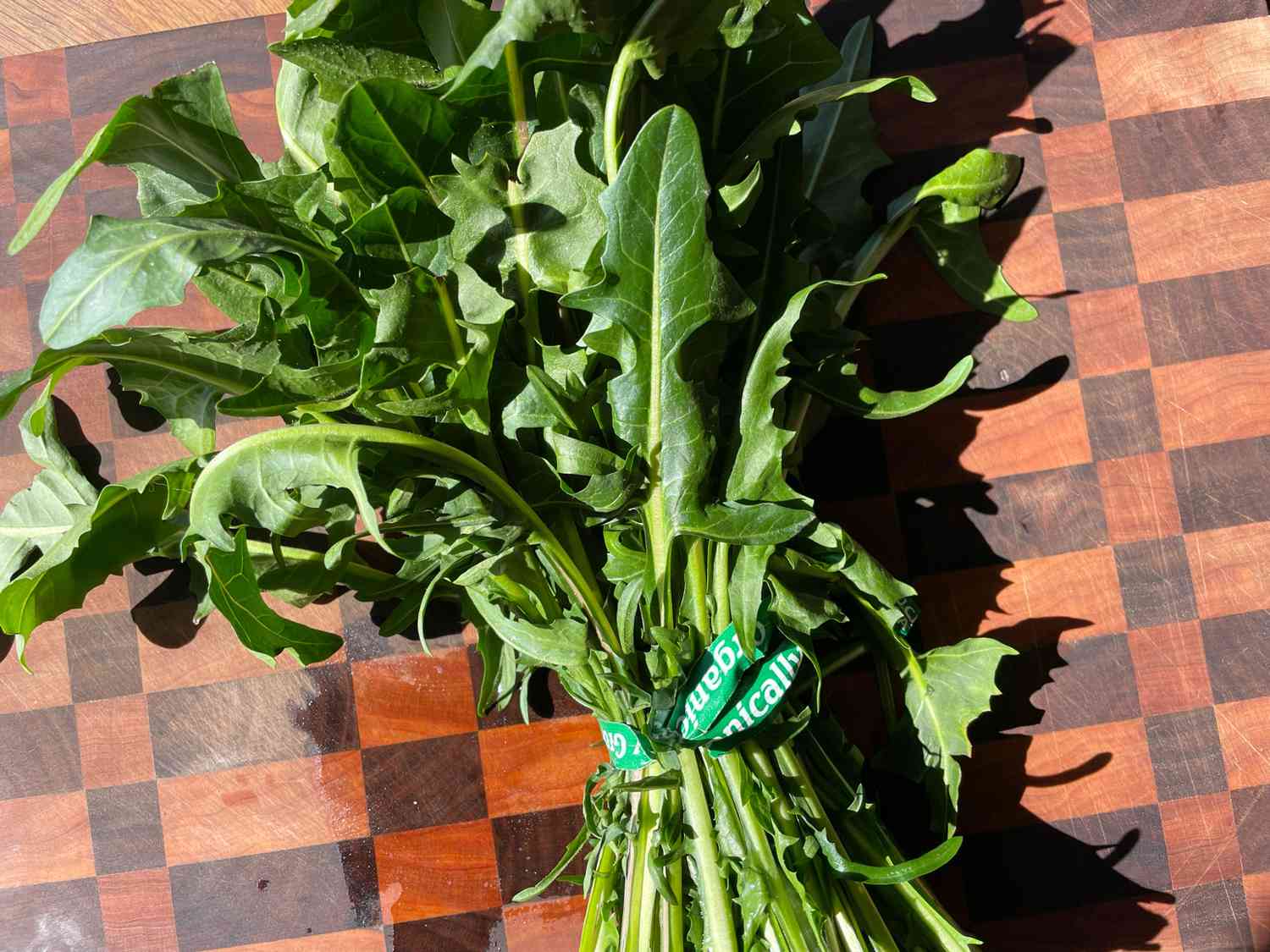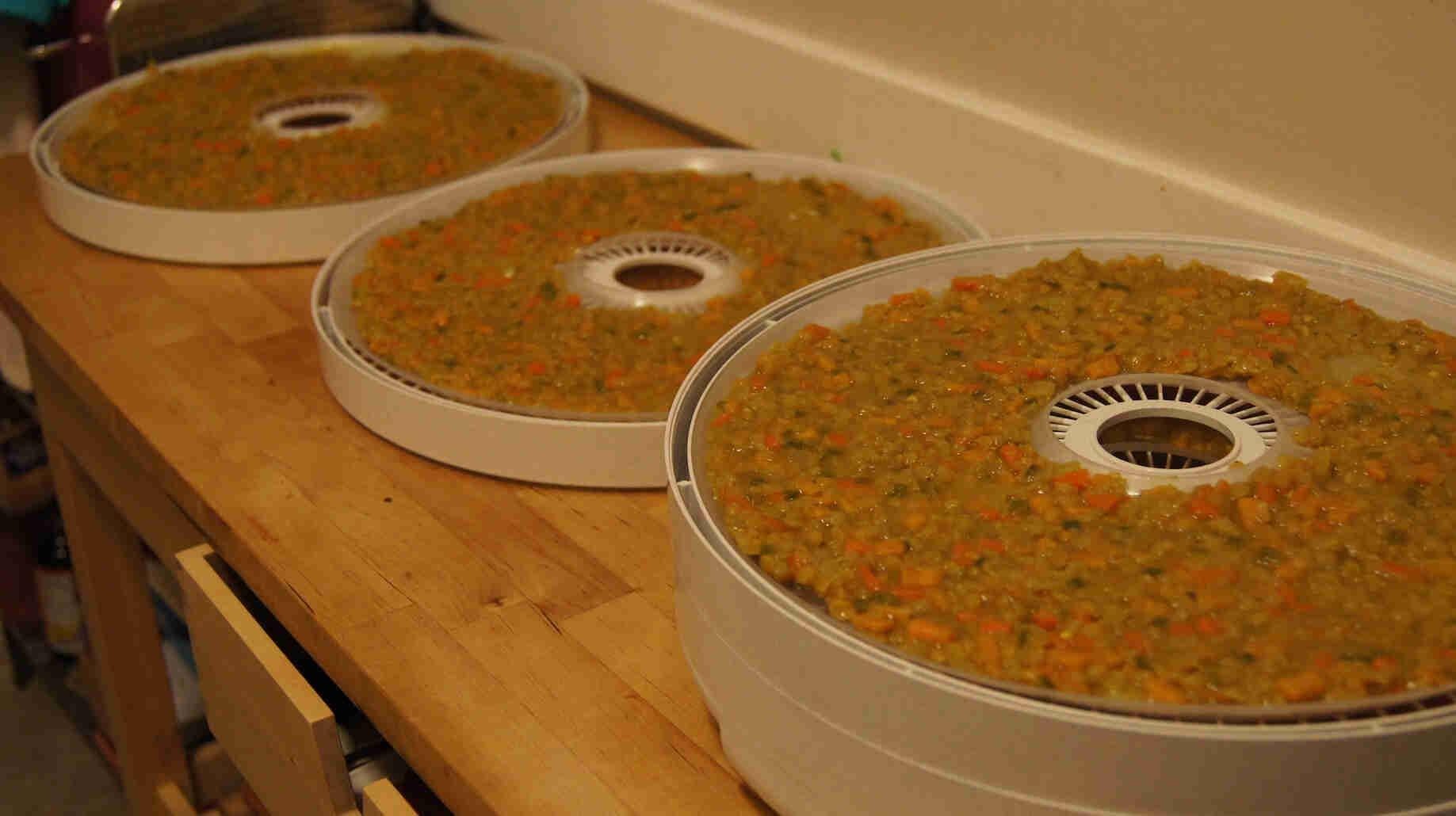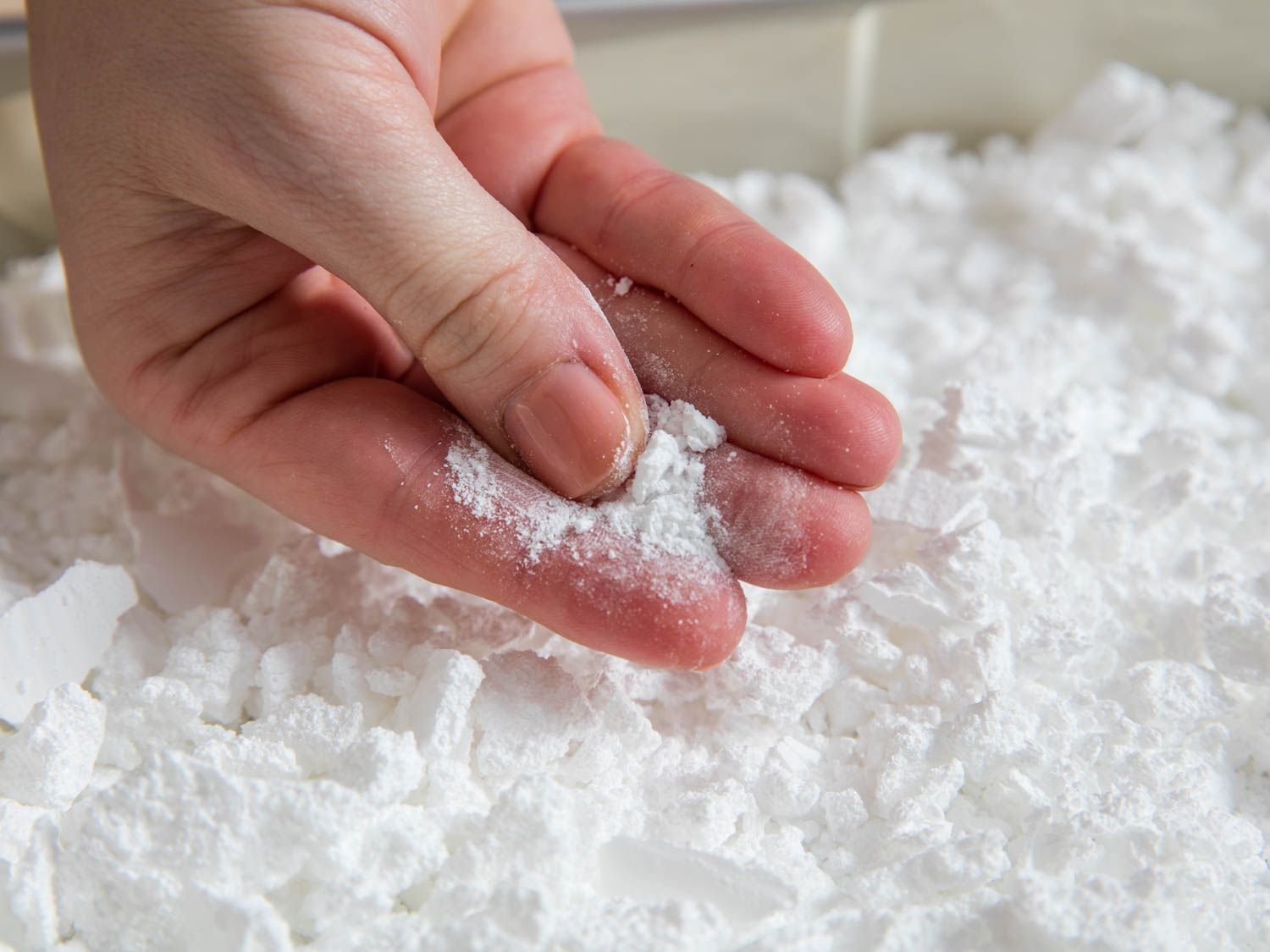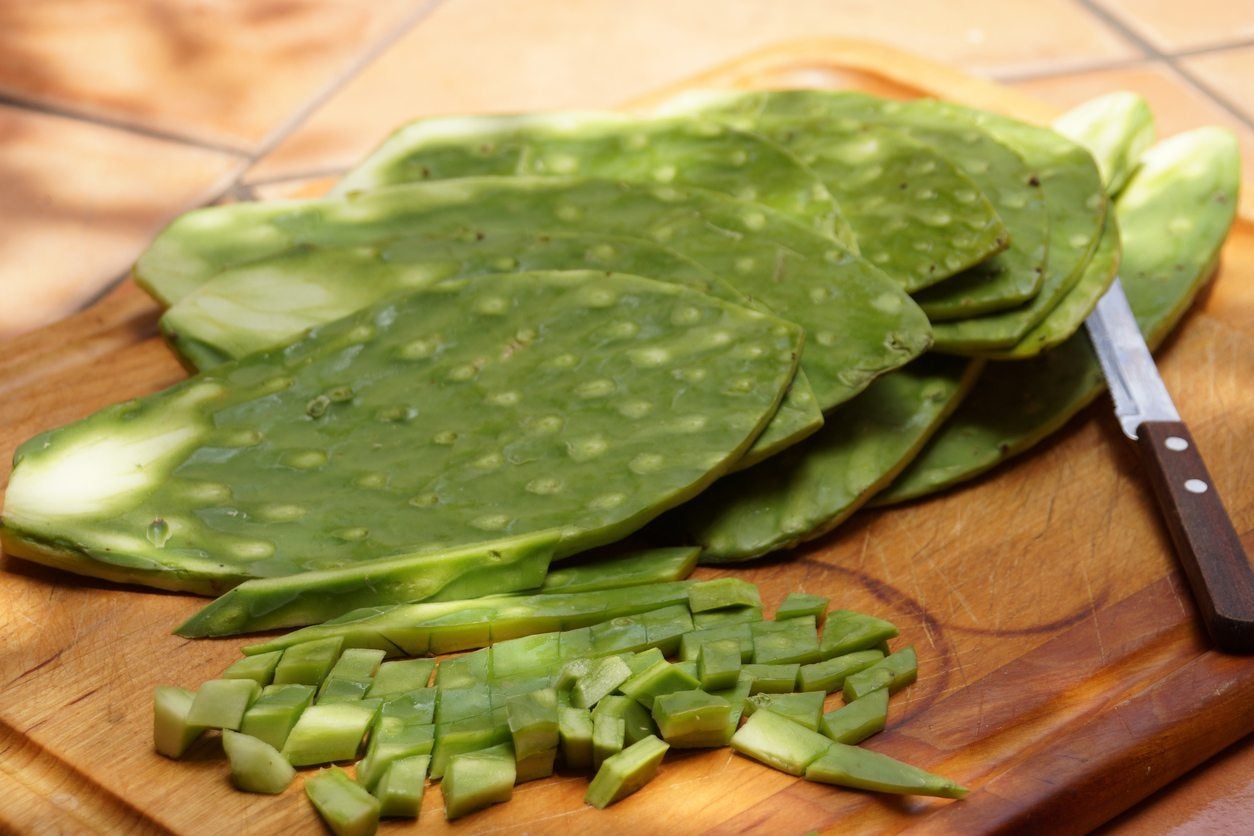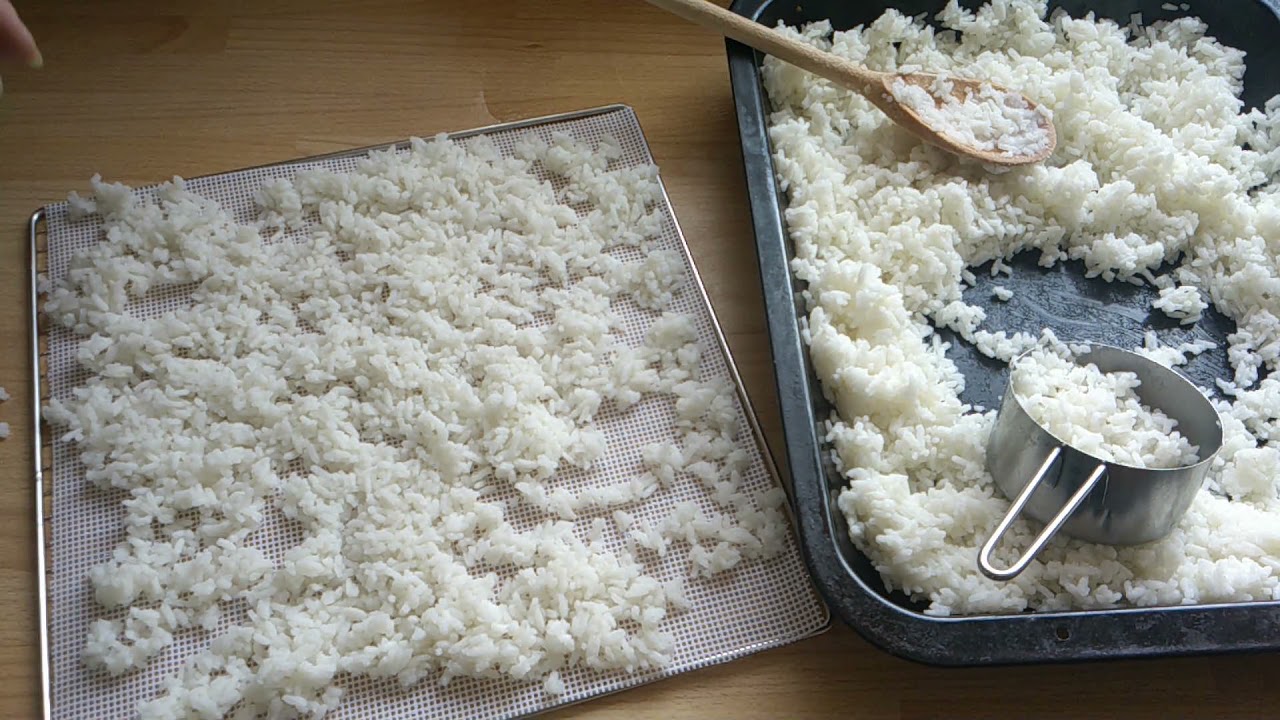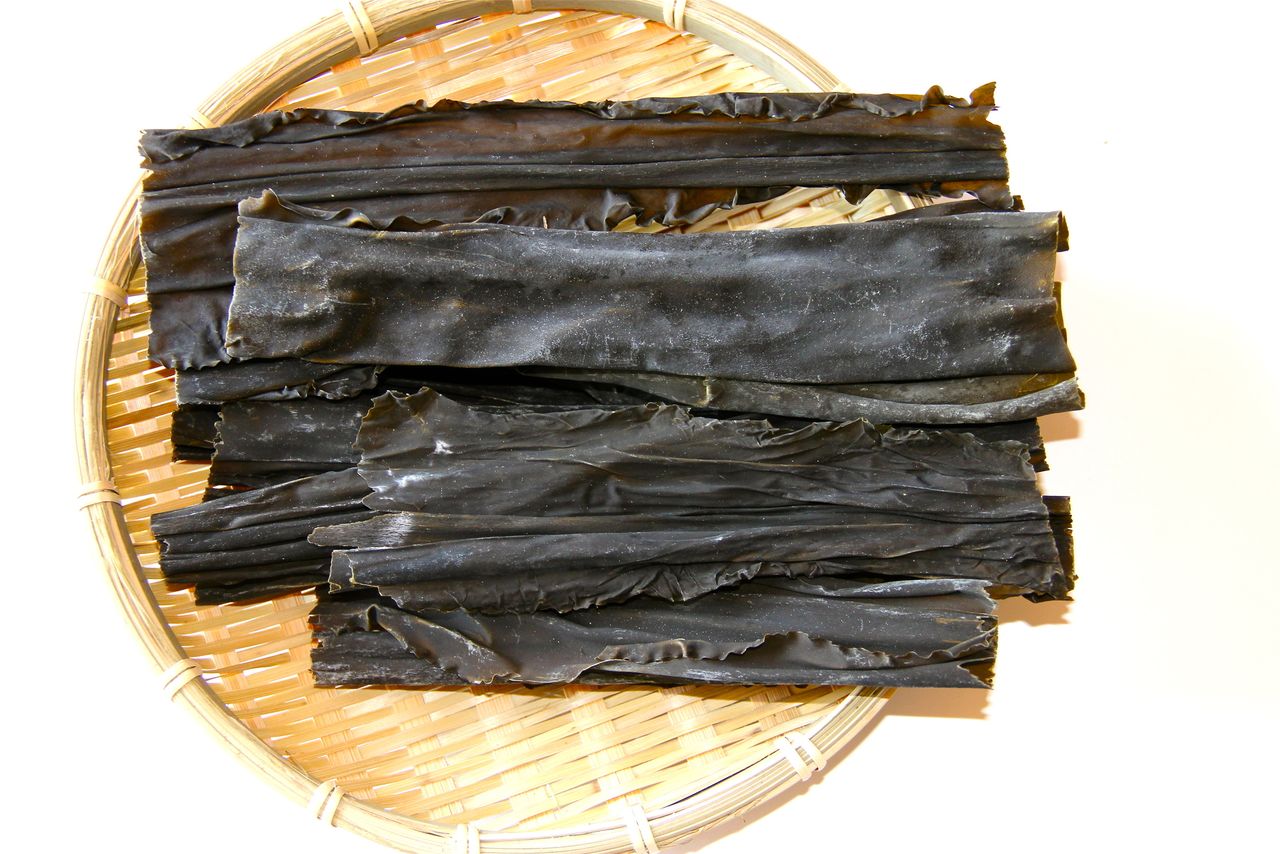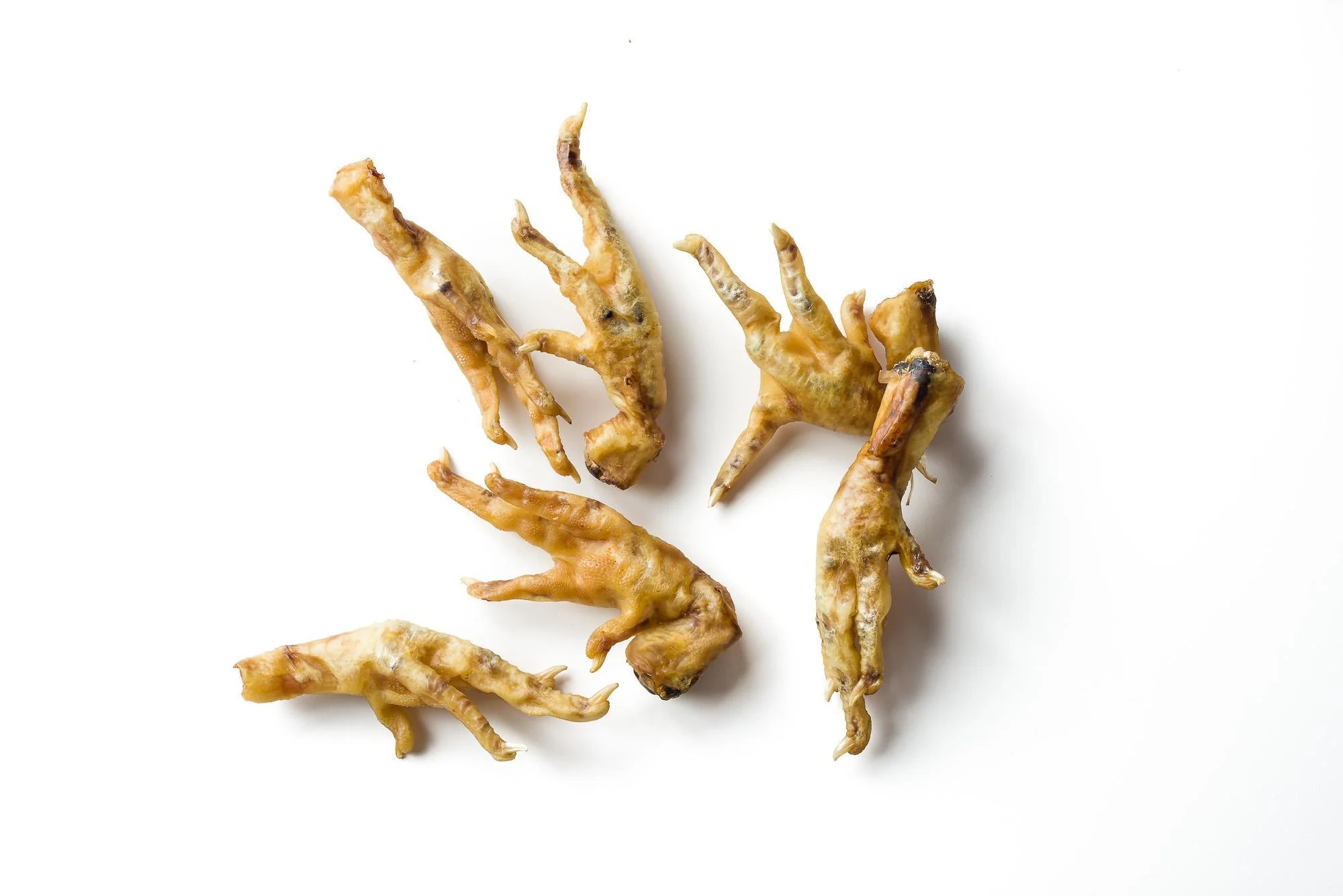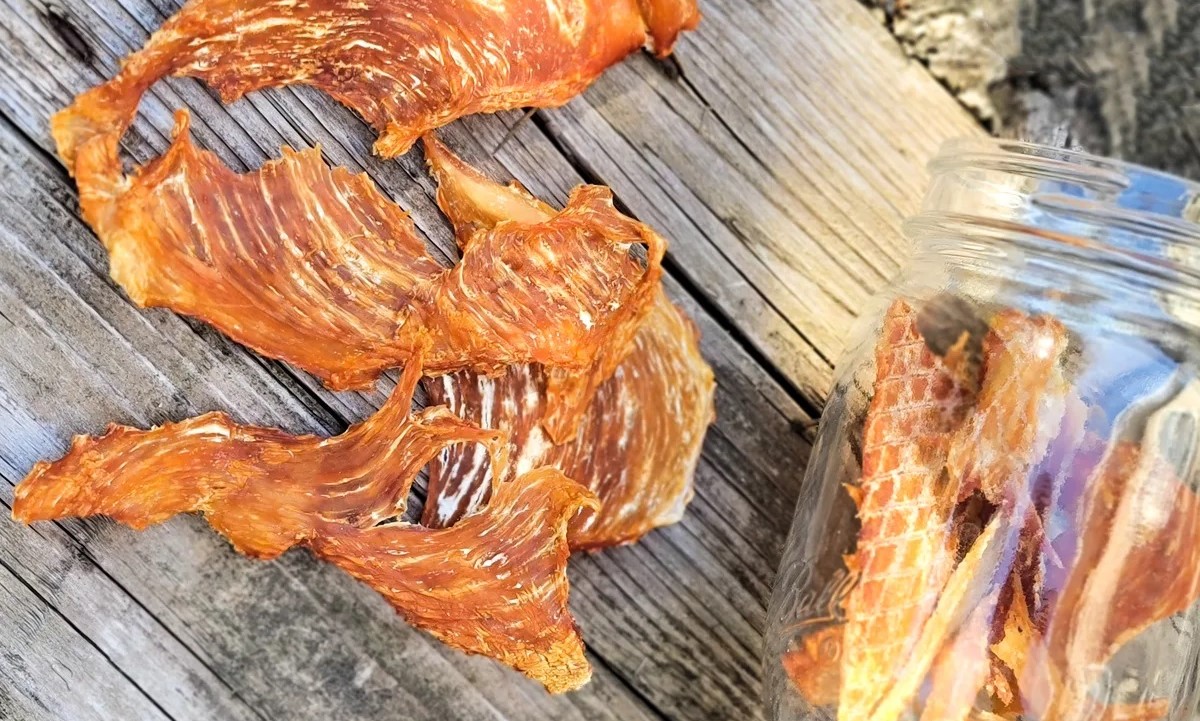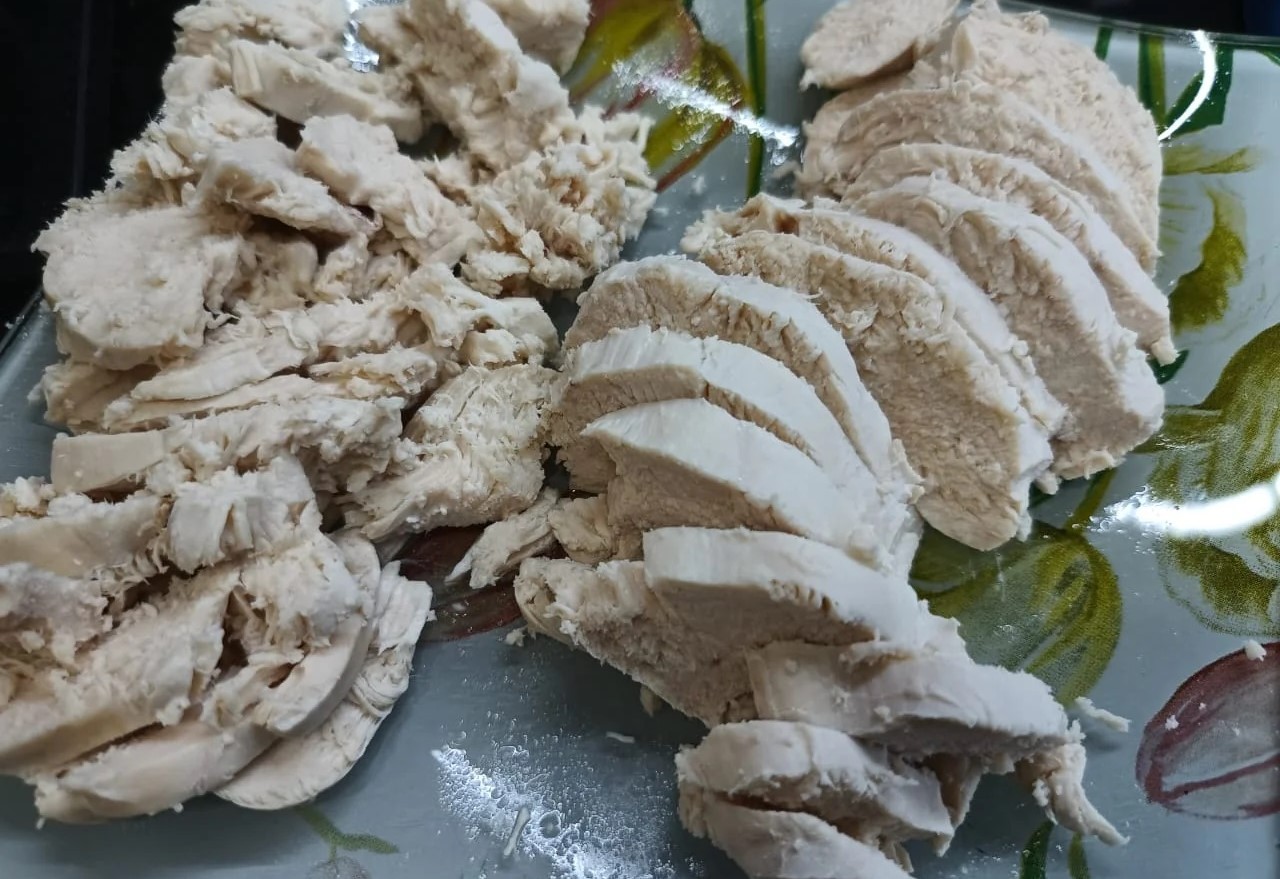Dehydrating Food in the Sun: A Simple and Effective Method
Dehydrating food is a great way to preserve it for future use. While there are many methods for dehydrating food, one of the simplest and most cost-effective ways is to use the power of the sun. In this article, we will explore the process of dehydrating food in the sun and provide you with some tips for success.
Choose the Right Location
When dehydrating food in the sun, it’s important to choose the right location. Look for a spot that receives plenty of direct sunlight throughout the day. A sunny spot in your backyard or on a deck or balcony can work well. Additionally, make sure the area is free from pests and debris that could contaminate your food.
Prepare the Food
Before placing your food in the sun to dehydrate, it’s essential to prepare it properly. Wash and slice the food into uniform pieces to ensure even drying. Some popular foods for sun drying include fruits like apples, bananas, and berries, as well as vegetables like tomatoes, peppers, and mushrooms.
Use the Right Equipment
While dehydrating food in the sun is a simple process, using the right equipment can make it even easier. Consider using a food dehydrator or drying racks to elevate the food off the ground and allow for better airflow. This will help the food dry more evenly and reduce the risk of spoilage.
Monitor the Weather
When dehydrating food in the sun, it’s important to monitor the weather. If the forecast calls for rain or high humidity, it may be best to choose a different day for sun drying. Ideally, you want a warm, dry day with plenty of sunlight to facilitate the dehydration process.
Be Patient
Dehydrating food in the sun is not a quick process, so it’s important to be patient. Depending on the type of food and the weather conditions, it can take anywhere from a few hours to a few days for the food to fully dehydrate. Check the food regularly and rotate it as needed to ensure even drying.
Store the Dehydrated Food Properly
Once your food is fully dehydrated, it’s important to store it properly to maintain its quality. Place the dehydrated food in airtight containers or resealable bags and store them in a cool, dry, and dark place. Properly stored dehydrated food can last for several months to a year, providing you with a convenient and nutritious pantry staple.
Conclusion
Dehydrating food in the sun is a simple and effective way to preserve your favorite fruits and vegetables. By choosing the right location, preparing the food properly, using the right equipment, monitoring the weather, and being patient, you can successfully dehydrate food in the sun and enjoy the delicious results for months to come.
With the skill of sun-drying food, readers can experiment with a variety of delicious recipes. For a healthy snack, they can try Sun-Dried Fruit Trail Mix which combines the natural sweetness of dried fruits with nuts for a satisfying treat. Sun-Dried Tomato and Basil Pesto is perfect for those who love Italian flavors; this pesto can be a game-changer for pasta dishes. Sun-Dried Herb Infused Olive Oil offers a rich, aromatic addition to salads and marinades. For a sweet and chewy snack, Sun-Dried Fruit Leather is a great choice, especially for kids. Lastly, Sun-Dried Vegetable Chips provide a crunchy and healthy alternative to traditional chips, making them a must-try.
Was this page helpful?
Read Next: How To Dehydrate Guava
